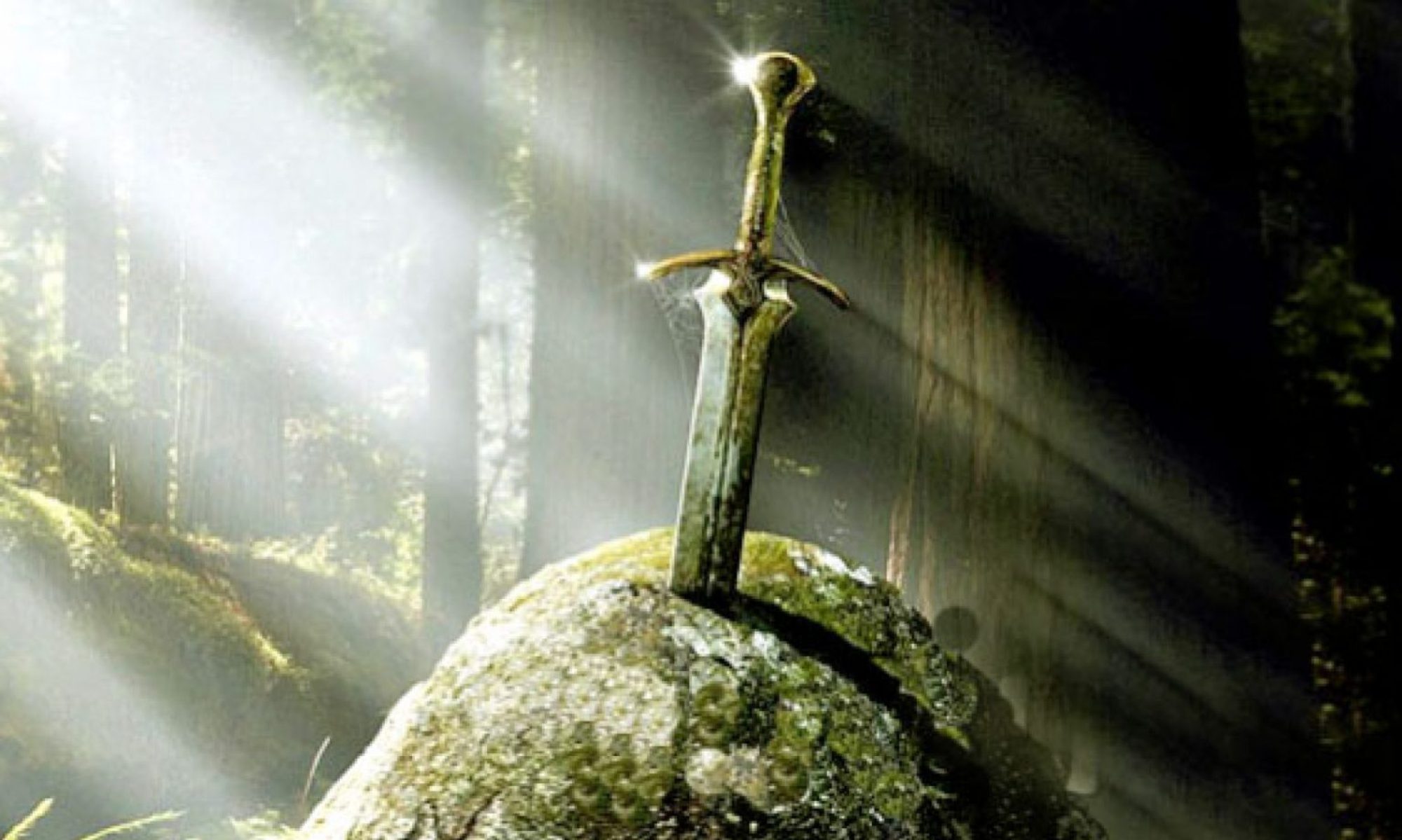- An Alac’h
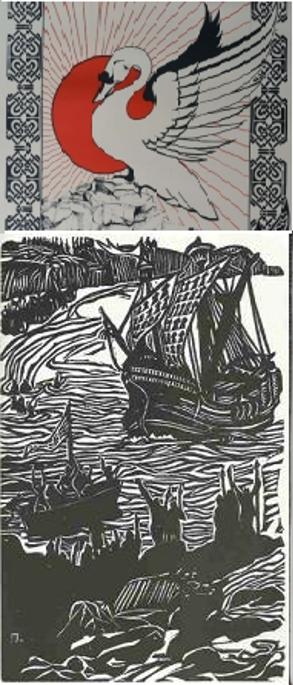
“An Alarc’h” (“The Swan”) is a Breton traditional song. It is found in the 1839 collection Barzaz Breiz. It tells of the return from exile in England of the Breton prince Jean de Montfort (known as “The Swan of Montfort”) and the defeat of the French army under the betrayal Bertrand du Guesclin in 1379.
Breton Patriots of Saint Malo looked at the royal boat of the Duke, they saw white and square sails, white and square like a swan!
2. 1488
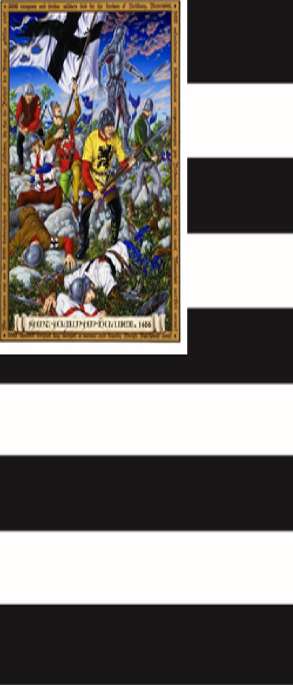
The Battle of Saint-Aubin-du-Cormier took place on 28 July 1488, between the forces of King Charles VIII of France, and those of Francis II, Duke of Brittany, and his allies. The defeat of the latter signalled the end to the “guerre folle” (‘Mad war’), a feudal conflict in which French aristocrats revolted against royal power during the regency of Anne de Beaujeu. It also effectively precipitated the end of the independence of Brittany from France.
3. Erwann
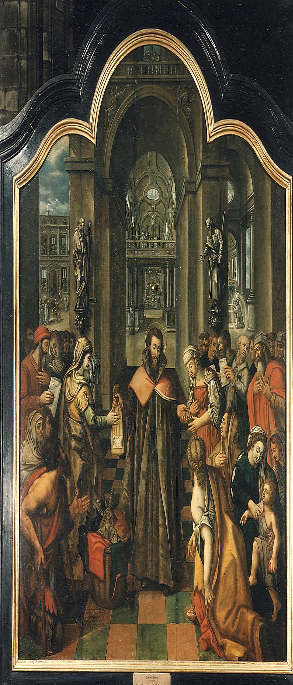
Saint Ivo of Kermartin, (17 October 1253 – 19 May 1303), also known Yvo or Ives (and in Breton as Erwann), was a parish priest among the poor of Louannec, the only Breton one to be canonized in the Middle Ages. He is the patron of Brittany, lawyers and abandoned children. His feast day is 19 May. Poetically, he is referred to as “Advocate of the Poor”.
4. King Arthur

King Arthur, also called Arthur Pendragon, was a legendary British leader who, according to medieval histories and romances, led the defence of Britain against Saxon invaders in the late 5th and early 6th centuries. The sparse historical background of Arthur is gleaned from various sources, including the Annales Cambriae, the Historia Brittonum, and the writings of Gildas. Arthur’s name also occurs in early poetic sources such as Y Gododdin.
5. Morgane

Sister of Arthur, she is a powerful enchantress in the Arthurian legend. Early appearances of Morgan do not elaborate her character beyond her role as a goddess, a fay, a witch, or a sorceress, generally benevolent and related to King Arthur as his magical savior and protector. Her prominence increased over time, as did her moral ambivalence, and in some texts, there is an evolutionary transformation of her to an antagonist, particularly as portrayed in cyclical prose such as the Lancelot-Grail and the Post-Vulgate Cycle. A significant aspect in many of Morgan’s medieval and later iterations is the unpredictable duality of her nature, with potential for both good and evil.
6. Myrddin, Merlin the Wizard

He is a figure best known as an enchanter or wizard in Arthurian legend and medieval Welsh poetry. The standard depiction of the character first appears in Geoffrey of Monmouth’s Historia Regum Britanniae, written c. 1136.
The powerful wizard is depicted with many magical powers, including the power of shapeshifting and is well-known in mythology as a tutor and mentor to the legendary King Arthur, ultimately guiding him towards becoming the king of Camelot.
7. Dana

She is the earth-mother goddess. Goddess of fertility, of wisdom, and of wind, she was believed to have suckled the gods. Her name was borne by the legendary Tuatha Dé Danann (“People of the Goddess Danu”), the Irish company of gods, who may be considered either as distinct individuals or as extensions of the goddess and who survive in Irish lore as the fairy folk, skilled in magic.
8. Bodmin Moor

Cornwall is an ancient land steeped in legend and myth. The most famous is Bodmin Moor (Cornish: Goon Brenn). It is a granite moorland in northeastern Cornwall. More than a hundred Bronze Age hut circles have been excavated on the slopes of Rough Tor, along with a Neolithic Tor Enclosure and the foundations of a Medieval chapel. It is a land haunted by the wild hunt of the Devil’s Dandy Dogs and the demonic spectre of Tregeagle.
9. Patriotic Saints
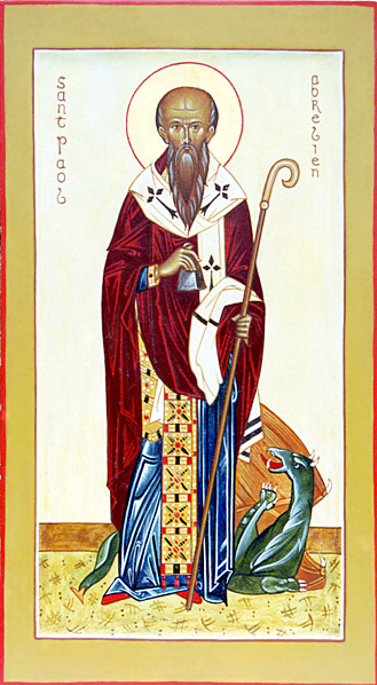
Breton saints refers to one of two groups, the innumerable people who lived, died, worked in, or came to be particularly venerated in the nine traditional dioceses of Brittany (Cornouailles, Dol, Leon, Nantes, Rennes, Saint-Brioc, Saint-Malo, Treguier, Vannes) who were accepted as saintly before the establishment of the Congregation of Rites (now the Congregation for the Causes of Saints), or those saints, blesseds, venerables, and Servants of God who have come to be recognized since that time.
Paul Aurelian, at Saint-Pol-de-Léon (Breton: Kastell-Paol),
Tudwal (Sant Tudwal), at Tréguier (Breton: Landreger),
Brioc, at Saint-Brieuc (Breton: Sant-Brieg, Gallo: Saent-Berioec),
Malo, at Saint-Malo (Breton: Sant-Maloù, Gallo: Saent-Malô),
Samson of Dol, at Dol-de-Bretagne (Breton: Dol, Gallo: Dóu),
Padarn, at Vannes (Breton: Gwened),
Corentin (Sant Kaourintin), at Quimper (Breton: Kemper).
It is from Conan Meriadec that the successive invasions that justify the name of Brittany. This prince, who enjoyed a great deal of credit in Great Britain, proposed, in 382 or 383, to Maxime, governor of the island, to support him in his revolt against the Emperor Gratian, and he furnished him with 10 000 men. Winner and master of more than half of the empire of the West, Maxime granted to his ally the sovereignty of the greater part of Armorica. From Great Britain and even from Ireland to Armorica, not only soldiers, craftsmen, farmers, entire families, but also holy persons, bishops, hermits, missionaries, who came to organize the ecclesiastical administration, to establish monasteries there, to affirm there among the populations the Christian faith. Armorica became, like the White Albion and the green Erin, a land of saints.
10. The Knights of the Round Table

The Knights of the Round Table were characters in the legends about King Arthur. They were the best knights in King Arthur’s kingdom, and lived in King Arthur’s castle, Camelot. They were called the Knights of the Round Table because of a special table that was in Camelot, that was round instead of rectangular.
- To never do outrage nor murder (not to assault or murder anybody)
- Always to flee treason (do not commit treason, a crime against your country or king)
- To by no means be cruel but to give mercy unto him who asks for mercy (Do not be mean. Grant mercy to those who ask, even in combat.)
- To always do ladies, gentlewomen and widows succor (‘succor’ is an old word for help; this means that the knight must promise to help women if they need it.)
- To never force ladies, gentlewomen or widows (never ‘harm’ women.)
- Not to take up battles in wrongful quarrels for love or worldly goods (do not even join in fights over anything less than God or country)
- To fear God and maintain His Church
11. Lord Scales Edward Woodville
The last knight errant
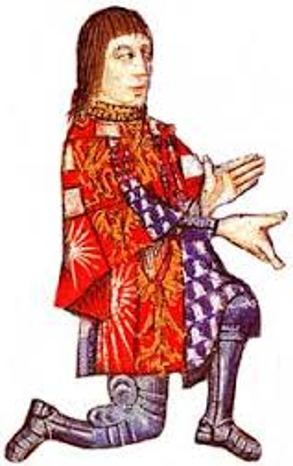
Sir Edward Woodville (died 1488) was a member of the Woodville family during the Wars of the Roses. He survived the reign of Richard III in which several of his relatives were executed in a power struggle after the death of Edward IV. Exiled with Henry Tudor, he participated in Henry’s capture of the throne. He was then appointed Lord of the Isle of Wight, the last person to be given that title.
An enthusiastic soldier, he has been called “the last knight errant” because of his devotion to the chivalrous ideal. Involved in many military adventures, he was finally killed in an ill-fated personal expedition to Brittany in support of Francis II, Duke of Brittany. He was slaughtered by the French soldiers although a prisoner.
Woodville was referred to as Lord Scales after the death of his brother Anthony Woodville, 2nd Earl Rivers, who bequeathed the Scales lands to him. He is consistently referred to as Lord Scales in Spanish and Breton records, but he never officially held the baronial title.
12. England Rose

The Tudor rose, which takes its name from the Tudor dynasty, was adopted as a national emblem of England around the time of the Wars of the Roses as a symbol of peace. It is a syncretic symbol in that it merged the white rose of the Yorkists and the red rose of the Lancastrians – cadet branches of the Plantagenets – who went to war over control of the royal house. It is also known as the Rose of England.
English rose is a description, associated with English culture, that may be applied to a naturally attractive woman or girl of traditionally fair complexion who is from or is associated with England.
